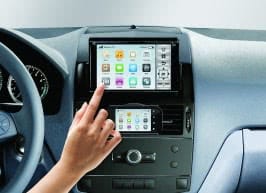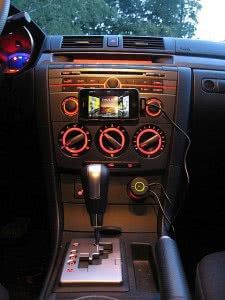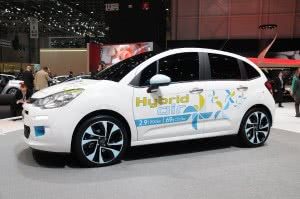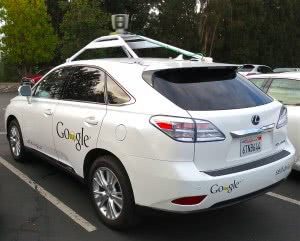10 Features Your Car Will Have in the Future


It’s a staple of the car industry nowadays to improve on car’s internal features. While many companies feel they’ve peaked as far as the technical aspects of a vehicle–tweaking engine performance here and there but largely producing modestly-updated models each year–the large bulk of research has gone into making drivers more comfortable while they’re inside their cars. And with current research trends, it seem that this will be the focus for the foreseeable future. It’s no wonder then that the list of features we could be seeing in our vehicles in the near future are extensive. Let’s discuss the ten most significant ones.


While this isn’t a new concept–collision-avoiding systems are available in models from over a dozen car manufacturers already–the future will see significant improvements on the systems. The ultimate goal: to have vehicles avoid accidents completely. With improved camera systems, giving 360 degree views of cars, this technology will also be used to help drivers avoid pedestrians and animals in the road, as well as potentially giving drivers options for night vision.
Another sci-fi film concept that could become a reality in the near future, self-driving cars are in development right now, with Google at the forefront of the research. The hope is that eventually driving to and from destinations will be completely autonomous, lowering the risk of human errors and giving drivers the option to conduct other activities while driving, like reading or playing that new game you just downloaded onto your phone.


Keeping in line with the notion of in-car mobile technology, app integration in vehicles seems to be headed in a more convenient direction. The future, according to current car engineers, will require not hardware upgrades, but software, and will also switch cars from solely-GPS focused wireless tech to integrating all the features of wifi technology, including enhanced app integration in vehicles and giving drivers more hands-free and eye-free options for doing everything from planning their route to checking their email to posting on Facebook to making a phone call.


This isn’t to say that cars of the future will be having bland Monday morning conversations with each other, but detection software could see some improvement when vehicles are able to notify each other when they’re too close, when traffic lights are up ahead, or potentially telling a driver that the person in the car next to them would like to say hi. Response optional.


Connecting your phone to your car’s speaker system to play music is one thing. Having your phone completely integrated into your car’s entire infrastructure so your car essentially becomes your phone is a totally different thing. Get your voice commands ready for this technology in the near future. Siri will be waiting.


Car companies are constantly trying to find ways to increase fuel economy in our new environmentally conscious social environment. Changing the materials cars are made of is one of the top methods of doing this–lighter cars use less gas per mile. Carbon fiber has been around for years, just ask any after-market street racer enthusiast. Companies are starting to look into ways to produce carbon fiber more cheaply though, in an effort to include it in factory models and reduce the weight of their vehicles.


Video game aficionados worldwide can tell you the significance of an HUD–or heads up display. Check out any first-person shooter like Halo or Call of Duty and you’ll see the HUD is an integral part of each mission, giving you all the information you need right in front of you so you don’t have to look away from the battle at hand. While HUD’s in cars are sure to be less violence-oriented, the concept is the same. Turn windshields into dual-purpose windshield/computer screen, showing the driver everything from gas tank levels to the speedometer to information on local businesses as you cruise by.


Self-sustaining cars seems to be the ultimate goal of current vehicle tech research. With increases in hybrid and electric car production, car companies and the consumers purchasing their products seem to have a much more heightened sense of the effects our engineering triumphs are having on the environment. Which is why many car manufacturers like Toyota have started to look into ways to utilize other power sources within vehicles. Toyota’s concept car Nori–Japanese for seaweed–has gone so far as to come equipped with body panels that include solar-power technology which could essentially power the car just by driving during the day.


Alternative fuel sources have been an ongoing debate for the past few years, and Cadillac seems to have added their two cents in the form of their concept car, the Aera. A lightweight vehicle (the concept only weight 1,000 pounds), it’s said to run off compressed air, and Cadillac even claims it can run for up to 1,000 miles before having to refuel.


A fairly recent (as in the past 5 years) concept, scientists claim to have used chemical components found in the shells of crustaceans like lobsters, shrimp, and crab to create a coat of paint that is self-healing, using sunlight to repair scratches. The process is said to be economical and takes about an hour in sunlight to complete, though it’s use is limited–if the same area is scratched again, the paint won’t heal a second time. Then again, how many times does your car get scratched in exactly the same spot? (Stunt drivers excluded).










